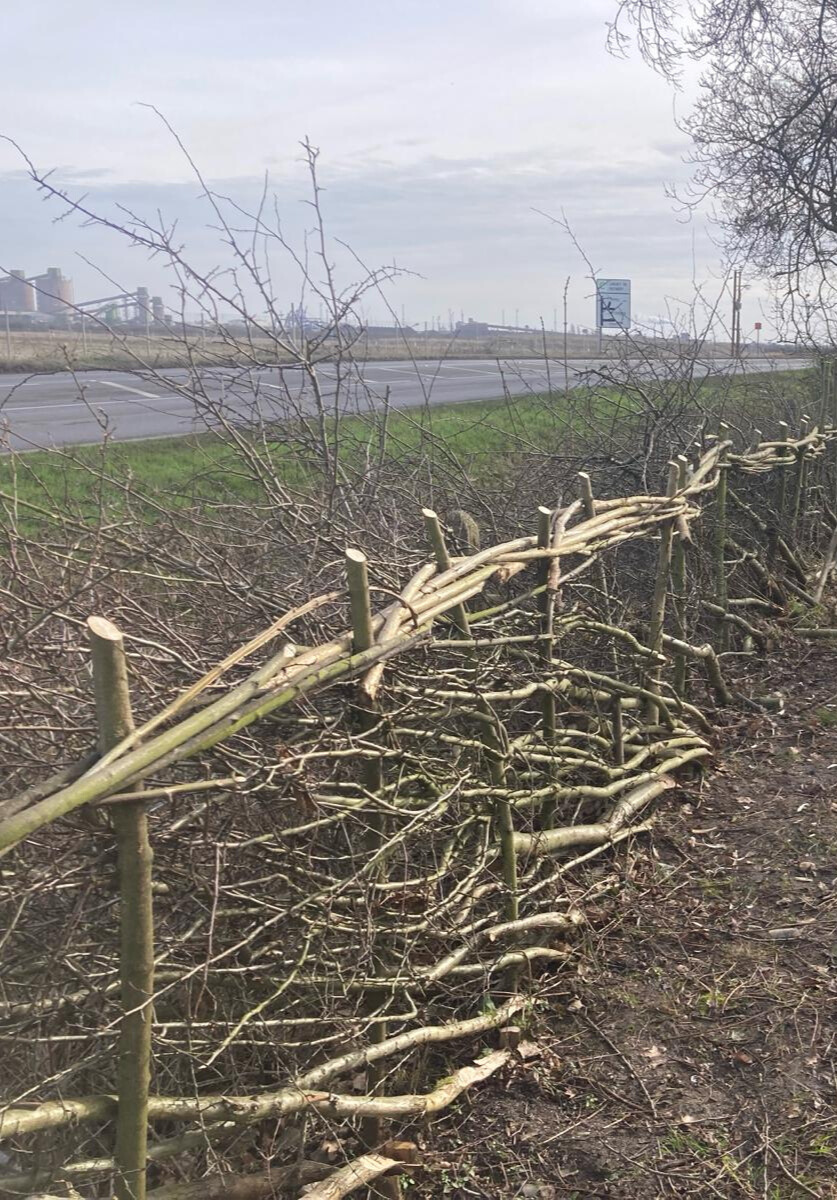18 Feb
What is hedge laying?
Wildlife Volunteer
What is hedge laying?
Hedge laying is a traditional fencing method dating back to Julius Caesar 2,000 years ago. The process involves cutting hedge stems almost all the way through at the base and laying them down at an angle. The smaller branches can be left or woven together to create a frame for new growth to use. This gives the hedge room to grow through and between the cut branches, making the hedge thicker, and appear younger. Although it can be done by machinery, hand laying still remains the most effective method.
Why does it have to be done in winter?
The best time to lay a hedge is in the winter, because most of the leaves have died off and the hedge is conserving energy to survive the darker periods. As we move into spring, the hedges start to produce new growth, but when they have been partially cut, this creates a point where the hedges force the majority of the new growth.
What are the benefits?
By hedge laying every 5-20 years, it creates a haven for wildlife. The extra dense foliage provides cover for birds, hedgehogs, bank vole, dormice and many species of butterflies and moths. These natural barriers are a great alternative to wired fences and are great at keeping livestock contained, whilst providing food for wildlife.
For more information and to keep any eye out on how you can get involved, have a look at the links below:


